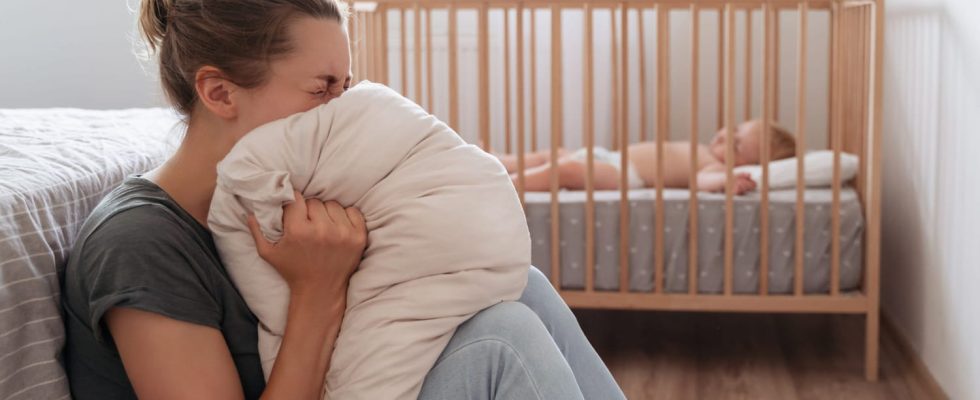A new study published by INED shows that the living conditions of children tend to deteriorate sharply after their parents separate. The standard of living of children of single mothers drops by 24%, and are more affected by poverty. Here’s why.
Parents who separate or divorce can unwittingly push their child into poverty. This emerges from a new study of the National Institute for Demographic Studies (INED) published this Wednesday, April 19. Two researchers, Carole Bonnet and Anne Solaz, looked at the economic consequences that a separation can have for children. According to their research, children residing with their mother after separation often experience a decline in standard of living “with a high risk of falling into poverty and degraded living conditions”, indicates the study.
A 24% drop in the standard of living among single mothers
In the year of separation, when the children reside for tax purposes with their mother, their standard of living drops by an average of 24%. A rate which is half lower when the child lives with his father, note the researchers. “When you live alone, everything costs more. You can no longer share the rent, the cost of heating and the price of groceries. And this fall in the standard of living is particularly evident the year after the separation, because the parents have not necessarily had the time to seek the aid to which they are entitled”, reports specialist Anne Solaz.
THE consequences of this decline in the standard of living are noticeable at several levels on a daily basis: children find themselves living in smaller dwellings, have fewer gifts and holidays away from home, lose some of their friends or see them less . However, in the years following the breakup, generally “the catch-up in standard of living is gradual”, especially when the parent gets back into a relationship, nuance the study. Moreover, it is possible that the other parent, in this case the father, compensates for the constraints linked to the poverty of his child.
A higher risk of precariousness for young children
Young children are more at risk of falling into povertyespecially for those whose parents were simply cohabiting. “More than 35% of two-year-olds whose parents have just separated are poor, compared to 22% of 13-year-olds”, indicates the survey. “This is explained by the fact that more parents of young children were already in a difficult situation before the breakup, probably because some mothers stop working in the first years after birth”, emphasizes Anne Solaz.
Why are the children of single mothers more affected by poverty?
Several factors may explain why children who live with their mothers are more at risk. The first concerns the professional situation of single mothers. “They more often hold part-time jobs and 17% of single mothers are unemployed after a breakupcompared to 10% of single fathers”, notes Anne Solaz.
The second factor relates to the payment of alimony. Many single mothers have to deal regularly with non-payment and sometimes partial payment of alimony, paid by their ex-spouse. “It is estimated that 30% of pensions are unpaid or chronically late in payment”indicates the government website in 2022.
